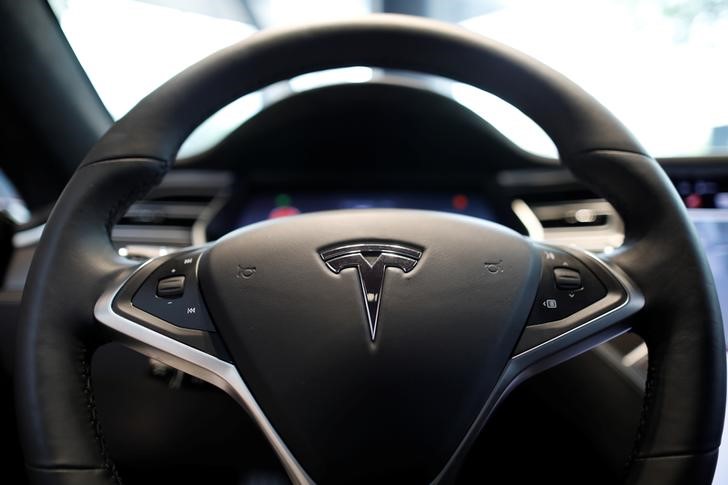This post was originally published on this site

Weak seasonality, along with sporadic COVID lockdowns hampered Chinese electric vehicle sales in early September. According to a Morgan Stanley analyst, “with already suppressed market sentiment, it would take a significant sales uptick to restore investor confidence in the auto segment.”
A soft start to September was anticipated due to the Mid-Autumn Festival and several city-wide lockdowns. However, a 10% WoW decline in the EV run-rate was still a surprise compared to a low-single-digit sequential decline during the holidays last year. A fresh wave of COVID containment measures hit Sichuan and Guizhou following the latest outbreak in the area.
On the bright side, the weekly EV run-rate still managed to grow 12% MoM, compared to -4% MoM in the overall auto industry, lifting spot EV penetration to 30%.
Li Auto (NASDAQ:LI) continues to ramp up L9 production as continued supply constraints and power rationing in Sichuan slows the pace to slightly behind market expectations. The L9 accumulated sales MTD only reached ~20% of the company’s target to ship 10k L9 units in September.
NIO’s (NYSE:NIO) weekly run-rate also declined, to 1.6k, the lowest level since mid-May, likely dragged by a lingering component supply shortage for ES6 and ET7. Xpeng’s (NYSE:XPEV) weekly sales remained largely steady, at 1.8k
Following a production upgrade, Tesla’s (NASDAQ:TSLA) domestic deliveries continue to rise. Current shipment reached a record high, at 18.2k units per week. The analyst wrote in a note, “We look for momentum to accelerate in coming weeks, with likely another record month, driving overall EV volume in China. With shortening waiting time amid output upgrade, the market is keeping a close watch over a potential price cut into the peak season.”
Vertical integration gave BYD (OTC:BYDDY) better control over parts supply, allowing the company to sustain a weekly run rate of 30k during the week, despite an 8% sequential slowdown. Sales were still largely in-line with the same period in July.


